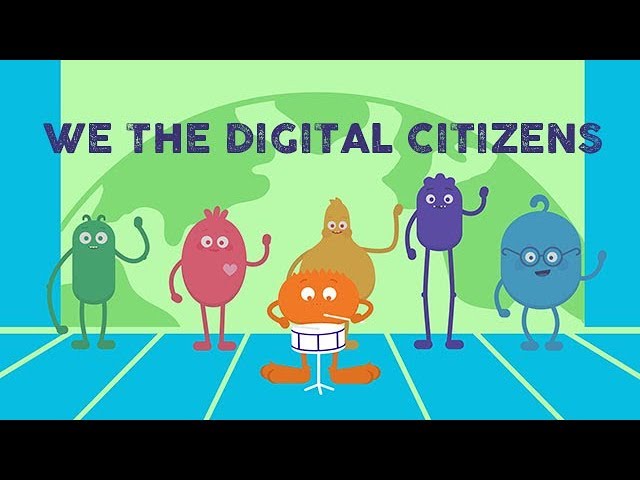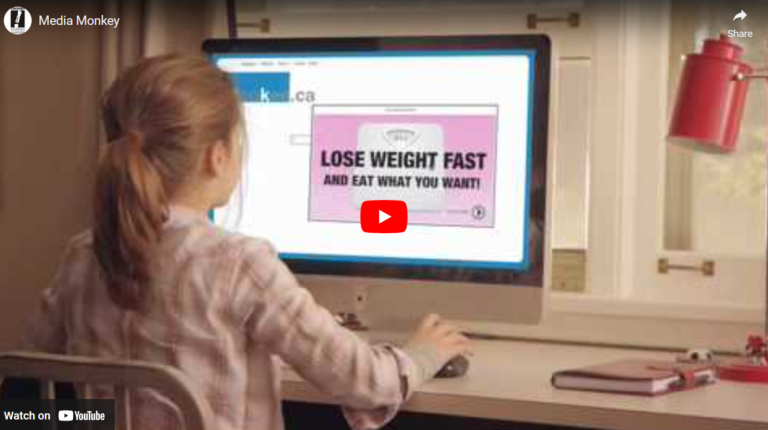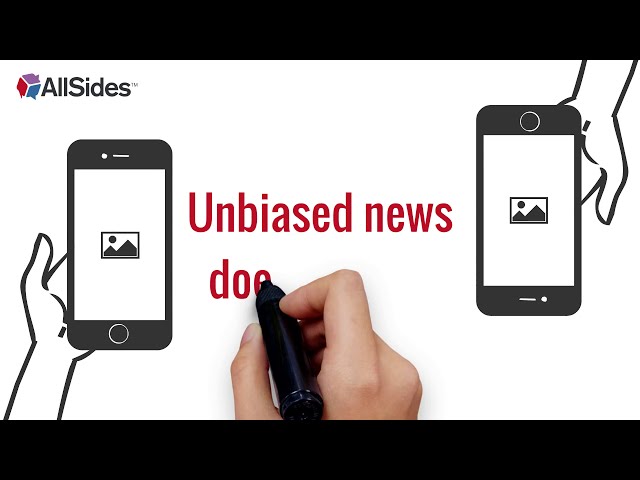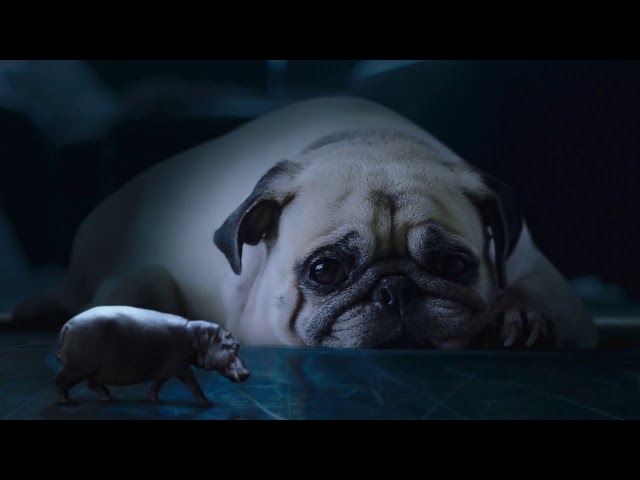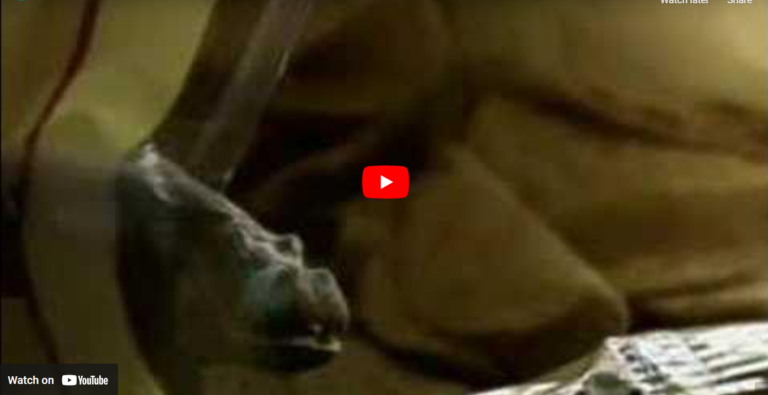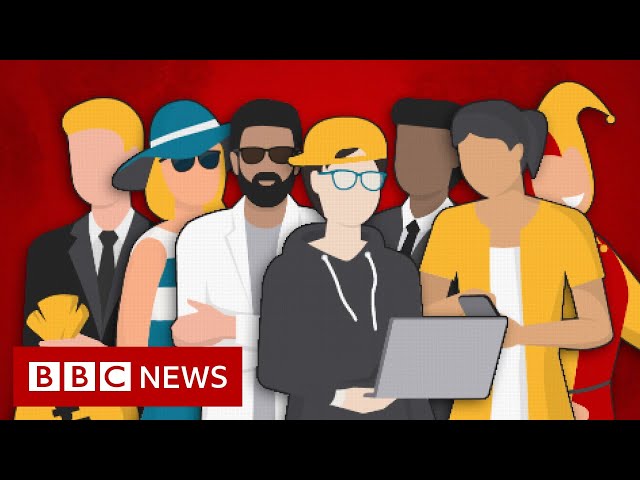Check out our videos page for a list of informative videos!
Videos
Videos
Disinformation vs Misinformation: 5 Ways to Detect Fake News Amid A Pandemic (Oct 20, 2020)
Description:
Now more than ever we receive information from a range of sources, whether it be from TV, online or social
media. There are different types of false info; misinformation and disinformation, most commonly known as
fake news. Wrong or false info is easily spread now due to technology, so it’s vital to know what you’re
consuming is reliable and accurate. Here are five ways you can detect fake news.
For video, visit:
https://youtu.be/rDX2k3dVb2o
Fake News Generator: Who starts viral misinformation? (May 4, 2020)
Description:
Conspiracy theories and speculation about coronavirus have flooded social media. But who starts these
rumours? And who spreads them? Specialist disinformation reporter Marianna Spring has investigated lots of
misleading stories circulating online during the pandemic. It’s given her an idea about who is behind this
misinformation – and what motivates them. Laughs, power, clicks – or answers.
For video, visit:
https://youtu.be/UAy6PI5UtSU
House Hippo (May 1999)
Description:
The House Hippo video first appeared on Canadian television in May 1999, as a public service announcement,
produced by Concerned Children’s Advertisers, later known as Companies Committed to Kids. MediaSmarts
reintroduced it in 2019.
For video, visit:
https://youtu.be/TijcoS8qHIE
House Hippo 2.0 (Sep 30, 2019)
Description:
The hippos are back to remind us that in today’s digital world, critical thinking is more important than
ever. Visit www.BreaktheFake.ca for resources to help you learn how to figure out what’s real and what’s
fake in the stories you experience online.
For video, visit:
https://youtu.be/5R_tOSRynZU
Identifying Misinformation (July 23, 2020)
Description:
Advises on ways to to detect misinformation. Sections include: Know the source, Know the
content, Know the facts, Know the date, & Know yourself.
For video, visit:
https://youtu.be/4leAlCqrNW4
Media Bias: How AllSides Provides Balanced, Unbiased News (Jan 14, 2019)
Description:
Media bias and polarization are destroying us. News, social media and search results have become so narrowly
filtered, biased and personalized that we are becoming less informed and less tolerant of different people
and ideas. AllSides frees people from filter bubbles so they can better understand the world — and each
other. AllSides.com provides balanced news and media bias ratings, exposing people to information and ideas
from all sides of the political spectrum. Their media bias ratings use a patented system to reveal the
average judgement of Americans and civil dialogue programs help people and students to build relationships
with people who are different from them.
For video, visit:
https://youtu.be/xTfYdIzxhiI
Media Monkey (2010)
Description:
The Media Monkey video first appeared on Canadian television in 2010, produced by Concerned Children’s
Advertisers, later known as Companies Committed to Kids. The message was designed to motivate and empower
kids to develop the self-confidence to be independent thinkers, making media choices that are right for
them.
For video, visit:
https://youtu.be/i9fSLdG2uYU
Real News vs. Fake News (June 19, 2020)
For video, visit: https://youtu.be/wPE6CkAW9QY
We the Digital Citizens (Aug 8, 2019)
Description:
In this video, students can explore the amazing possibilities that come with using technology. They’ll also
learn from The Digital Citizens, who take a pledge to be safe, responsible, and respectful when traveling
through the online world.
For video, visit:
https://youtu.be/-N7lRYMmbXU
Teachers, for lesson associated with this video:
https://www.commonsense.org/education/digital-citizenship/lesson/we-the-digital-citizens
Why people fall for misinformation—Joseph Isaac (Sep 3, 2020)
Description:
How does a fact become a misconception? Dig into the world of misinformation to see how facts can become
distorted and misleading. — In 1901, David Hänig published research that led to what we know today as the
taste map: an illustration that divides the tongue into four separate areas. It has since been published in
textbooks and newspapers. There is just one problem: the map is wrong. So how do misconceptions like this
spread, and what makes a fake fact so easy to believe? Joseph Isaac dives into the world of misinformation.
Lesson by Joseph Isaac, directed by CUB Animation.
For video, visit:
https://youtu.be/hz6GULbowAk


